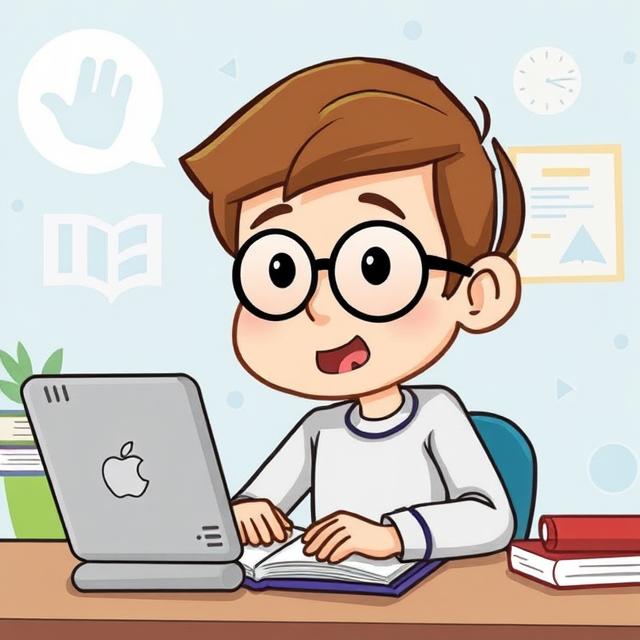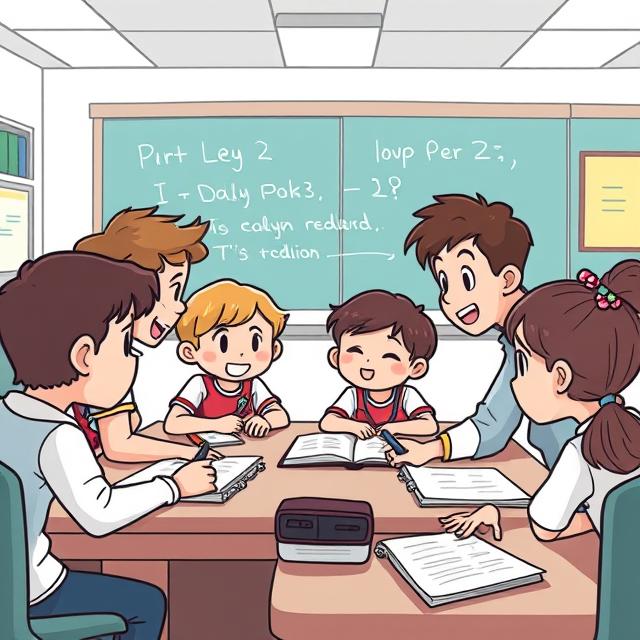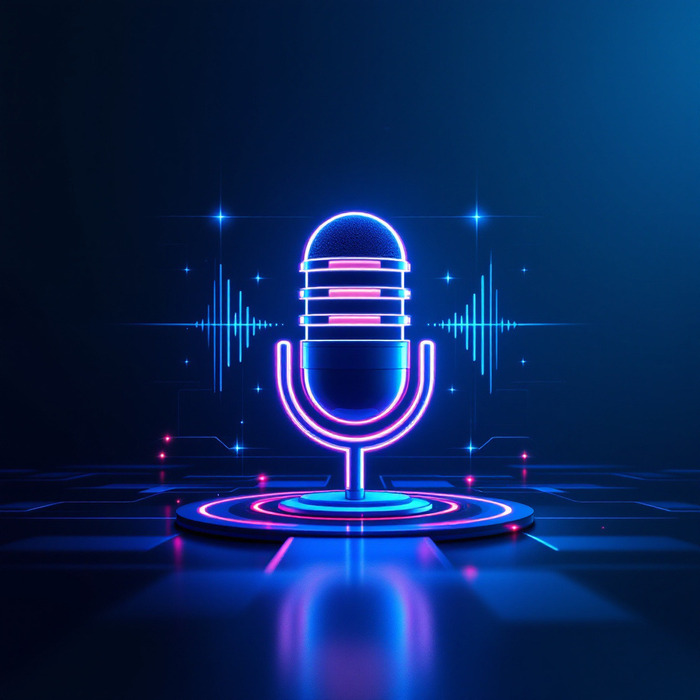
AI TTS for students with dyslexia transforms learning by turning written text into spoken words. These tools give struggling readers a different way to access information when traditional reading feels like trying to solve a puzzle where all the pieces keep changing shape. With natural voices, adjustable speeds, and visual tracking features, AI TTS helps students understand content, build confidence, and participate fully in school.
Understanding the Dyslexia Challenge in Education
Dyslexia throws a major wrench in traditional learning. Letters flip around, words blur together, and reading becomes an exhausting process that often misses the point entirely. About 20% of students deal with some form of dyslexia, and they’re just as capable as anyone else – they just can’t easily decode text the way schools expect them to.
School is all about reading. It’s in textbooks, worksheets, writing on the board, and tests – you can’t escape it. For students with dyslexia, a reading assignment might take three times longer than for other kids. By the time they finish, they’ve used so much brain power just figuring out the words that they often miss what the text was actually about. As reading gets more demanding each year, these students fall further and further behind their classmates.

How AI TTS for Students with Dyslexia Changes the Game
AI TTS for students with dyslexia works like a bridge over these reading obstacles. Instead of struggling through text word by word, students can listen to content and actually understand it the first time around. Here’s what makes these tools so powerful:
They Sound Like Real People Now
Gone are the days of robotic computer voices that were hard to understand. Modern AI TTS for students with dyslexia uses natural-sounding voices that can even convey emotion and proper intonation. Some systems let students choose voices they find most comfortable to listen to.
They’re Smarter About Context
Today’s AI TTS tools understand context better, correctly pronouncing words that look the same but sound different depending on meaning (like “read” in present vs. past tense). This makes listening much more natural and less distracting.
They’re Available Everywhere
AI TTS for students with dyslexia now works across devices and platforms. Students can use the same technology on school computers, home laptops, and even smartphones, creating consistency in their learning experience no matter where they study.
Real Benefits of AI TTS for Students with Dyslexia
Dramatically Improved Comprehension
When students with dyslexia use reading comprehension support tools like text-to-speech (TTS), they usually understand the material 35-40% better. It’s not that they couldn’t grasp the concepts before – they just couldn’t get to them through regular reading.
A study cited by Number Dyslexia found that middle school students with dyslexia scored significantly higher on content tests when using TTS compared to trying to read material themselves.
Building Confidence Through Independence
Many dyslexic students rely on having others read to them, which works but creates dependency. AI TTS for students with dyslexia gives them control over their own learning. They can repeat sections as needed, adjust reading speed, and work independently – building academic confidence that carries over to other areas.
Creating True Multisensory Learning Experiences
The most effective learning for dyslexic students happens through multiple senses at once. AI TTS for students with dyslexia creates this experience by:
- Highlighting text as it’s read (visual)
- Speaking the words aloud (auditory)
- Sometimes allowing touch interaction to control the reading (tactile)
Natural Readers explains how this multisensory learning approach helps strengthen neural pathways and improves information processing for dyslexic brains.
Reduced Mental Fatigue Means Longer Focus
Reading with dyslexia is exhausting – like running a mental marathon. Research shows dyslexic students use nearly five times more brain energy when reading compared to non-dyslexic peers. No wonder they get tired and lose focus!
AI TTS for students with dyslexia reduces this cognitive load dramatically. Students who might burn out after 10-15 minutes of reading can often maintain attention for 45+ minutes when using TTS, allowing them to complete assignments in one sitting rather than fragmented sessions.
Real Success Stories: AI TTS for Students with Dyslexia in Action
Speechify: Created Through Personal Experience
Speechify stands out among assistive technology for learning disabilities because its founder, Cliff Weitzman, created it to solve his own dyslexia challenges while at Brown University. The app now helps millions of dyslexic students convert any text – from textbooks to online articles – into spoken word.
What makes Speechify special is how it was built from the ground up with dyslexic users in mind. As detailed on Natural Readers’ blog, the app includes features like adjustable reading speeds, text highlighting, and the ability to save audio files for later listening – all designed based on real needs of dyslexic learners.

NaturalReader: Making Learning Materials Accessible
NaturalReader takes accessibility in education to another level by offering features specifically tailored for dyslexic students:
- Dyslexia-friendly font options that reduce letter confusion
- Color overlays that can ease visual stress
- Synchronized highlighting that shows exactly which word is being read
- Customizable reading speeds that can be adjusted gradually as students progress
Many teachers report that students who use NaturalReader show improved classroom participation because they can prepare for discussions by listening to material ahead of time, giving them confidence to contribute.
Jake’s Story: From D’s to B’s with TTS Help
Jake, a high school sophomore with severe dyslexia, was failing most of his classes despite being incredibly knowledgeable about the subjects when discussing them verbally. His school introduced him to AI TTS for students with dyslexia, loading his textbooks and reading materials into a system he could access on his laptop and phone.
Within one semester, Jake’s grades improved from mostly D’s to B’s. More importantly, his teachers noted he began participating more in class and turned in assignments on time. Jake later explained that before TTS, he spent so much time struggling to read the material that he had no energy left to actually complete the assignments based on that reading.
Practical Ways to Implement AI TTS for Students with Dyslexia in Schools
In Classrooms
Teachers can support dyslexic students by implementing Text-to-Speech in classrooms through several approaches:
- Creating TTS-enabled versions of handouts and reading materials
- Allowing students to use TTS during silent reading periods
- Using AI voiceovers for e-learning for class presentations and recorded lessons
- Providing extra time for TTS users to process information, even though the reading itself may be faster
Many teachers find that offering TTS options benefits not just dyslexic students but also English language learners and students with attention issues.
In School Libraries
School libraries can become hubs for accessibility in education by:
- Installing TTS software on library computers
- Creating sections of TTS-compatible e-books and materials
- Training library staff to help students use TTS effectively
- Hosting workshops for parents on using these tools at home
For Homework and Independent Study
The homework struggle is real for dyslexic students. Schools can help by:
- Ensuring assigned digital materials are TTS-compatible
- Teaching students to use free or low-cost TTS tools for home use
- Providing recorded versions of longer reading assignments
- Encouraging the use of speech-to-text AI for students for writing assignments
Choosing the Right AI TTS for Students with Dyslexia
Key Features to Look For
Not all TTS systems are created equal. The best AI TTS tools for dyslexic students should include:
- Natural-sounding voices (computerized voices can be harder to process)
- Text highlighting that syncs precisely with the audio
- Adjustable reading speeds without distorting the voice
- Easy navigation to replay sections or jump to new parts
- Compatibility across devices for consistent use at school and home
- Support for different file formats (PDFs, websites, Word documents)
Cost Considerations
While premium AI TTS for students with dyslexia options can be expensive, many affordable and even free options exist:
- Built-in TTS features in modern operating systems
- Browser extensions that read web content
- Free mobile apps with basic TTS functionality
- School-wide licenses that reduce per-student costs
Many schools find that investing in quality TTS technology saves money in the long run by reducing the need for one-on-one reading support and specialized tutoring.
Addressing Common Concerns About AI TTS for Students with Dyslexia
“Won’t This Prevent Students from Learning to Read?”
This is a common worry, but research shows the opposite is true. AI TTS for students with dyslexia actually supports reading development by:
- Modeling fluent reading with proper pacing and expression
- Creating text-to-sound connections as students follow along
- Reducing frustration that might otherwise cause students to avoid reading entirely
- Freeing mental energy for comprehension, which reinforces the purpose and value of reading
Studies show that most dyslexic students continue improving their own reading skills while using TTS, and many eventually need it less as they develop better decoding strategies.
“Is This Just a Crutch?”
Some teachers worry that text-to-speech is just a shortcut, but it’s really more like leveling the playing field. AI TTS for students with dyslexia doesn’t give them an unfair edge – it removes a barrier that holds them back. It’s like how glasses don’t give people “super vision” but just help them see normally like everyone else.
The main point of education isn’t just learning to read – it’s gaining knowledge and learning how to think critically. TTS helps students with dyslexia achieve these important educational goals while they continue to work on their reading skills at their own speed.

The Future of AI TTS for Students with Dyslexia
More Personalization Coming
The next generation of AI TTS for students with dyslexia will likely offer even more personalization, with systems that:
- Learn individual student preferences over time
- Adjust automatically to the right level of support
- Integrate with other learning tools and platforms
- Provide teachers with data on usage and comprehension
Expanding Beyond Text to New Formats
Future systems will likely handle more than just traditional text, expanding to:
- Mathematical equations and formulas
- Complex diagrams with descriptive audio
- Interactive content that responds to voice commands
- Real-time conversion of teacher lectures to text for review
Conclusion: AI TTS for Students with Dyslexia as an Educational Equalizer
AI TTS for students with dyslexia isn’t complicated technology – it simply speaks text that students would otherwise struggle to read. For dyslexic kids, this basic function bridges the gap between knowing the material and being able to show that knowledge in a traditional classroom.
These tools don’t give unfair advantages. They remove unfair barriers. When a dyslexic student uses TTS, they’re not getting a shortcut – they’re finally getting access to the same information everyone else can read easily.
The newer TTS systems sound natural and read with proper expression, not like the robotic voices of earlier technology. Some even let students customize the voice, making the learning experience more personal and engaging.
For students with dyslexia, being unable to read efficiently isn’t just an academic problem – it affects how they see themselves as learners and their place in the classroom community. AI TTS helps preserve their confidence and identity as capable students when traditional reading methods threaten to label them as “slow” or “behind.”
When schools embrace AI TTS for students with dyslexia, they’re saying something important: we care more about your understanding than about how you access the information. And that message changes not just test scores, but lives.
Sources:

